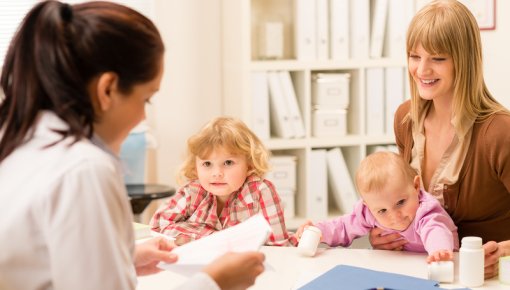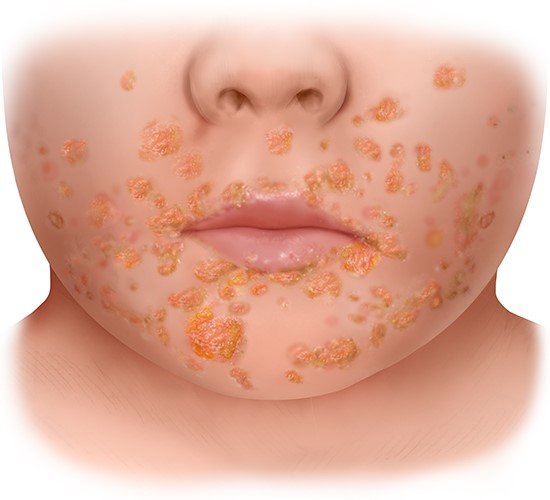Introduction

Impetigo is an itchy and sometimes painful infection of the outer layers of skin. It is especially common in young children. The infection is caused by bacteria and is highly contagious. For that reason, children who have impetigo aren't allowed to return to school or daycare until they’re no longer contagious – about 24 hours after the start of treatment with antibiotics. Without treatment, impetigo can remain contagious for several weeks.

